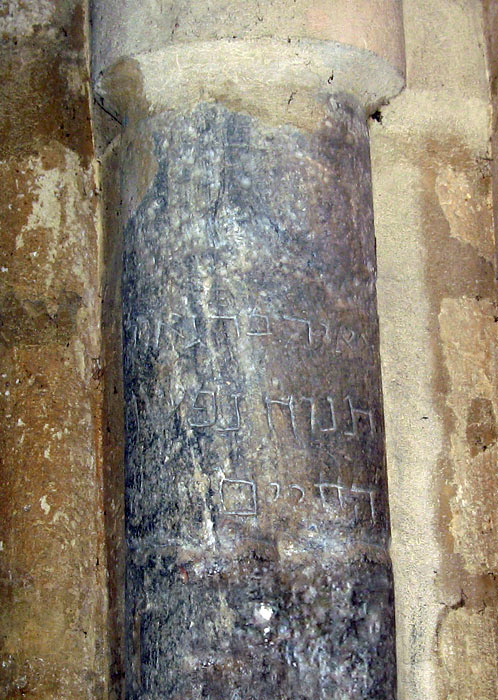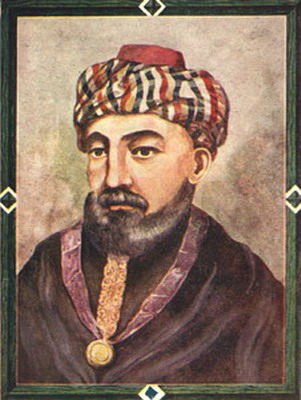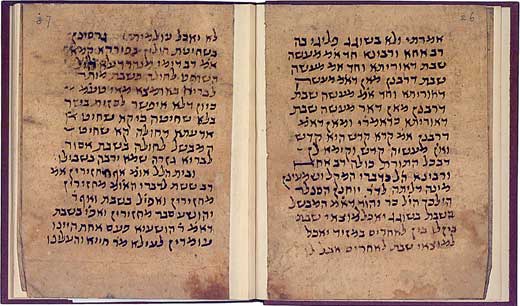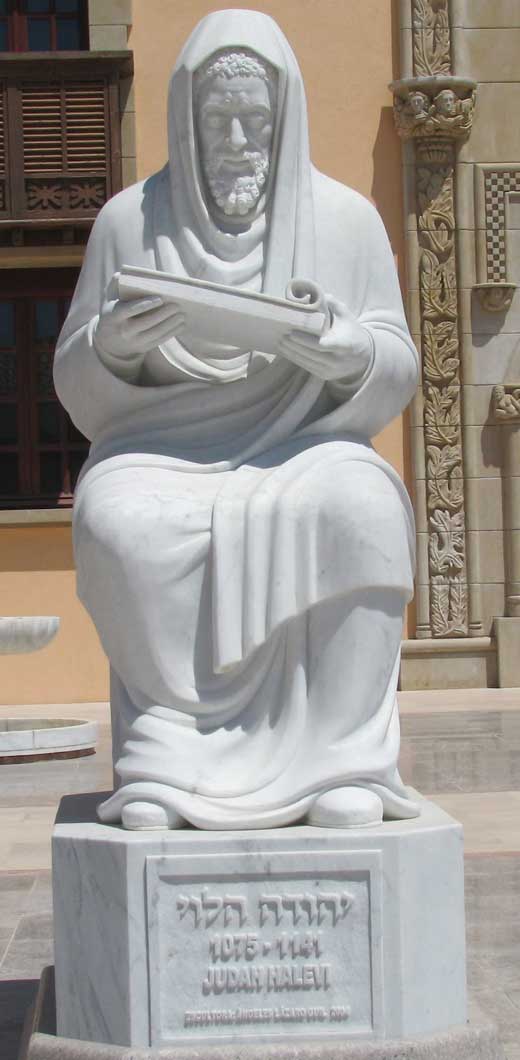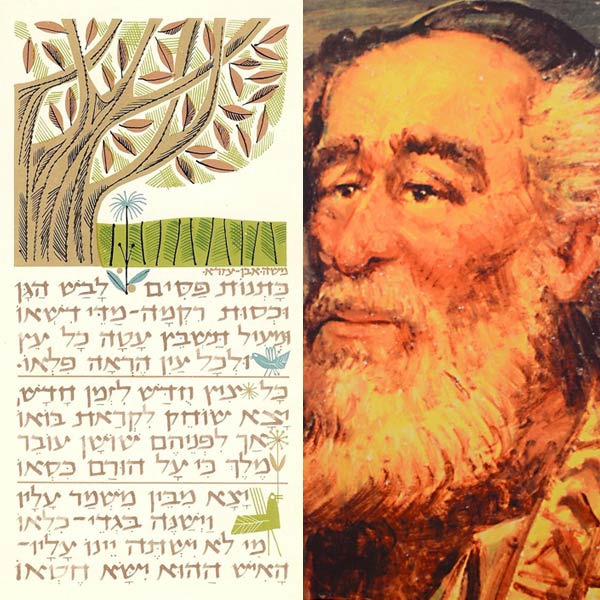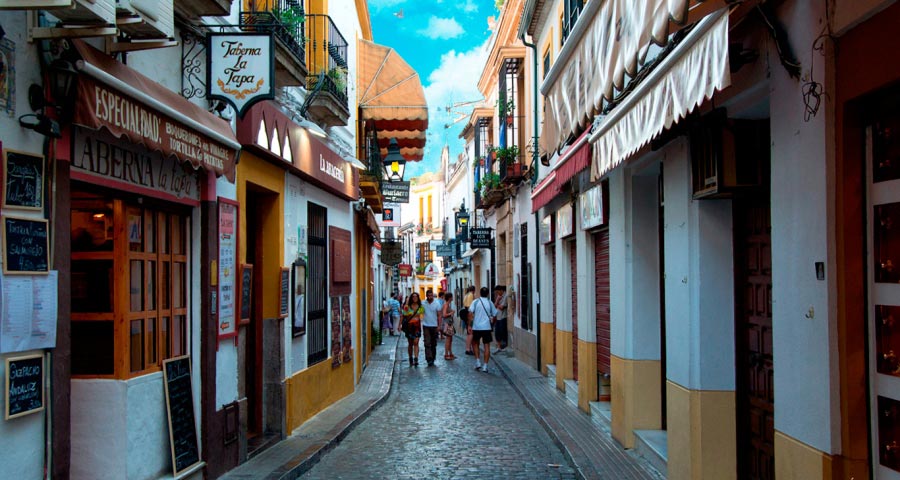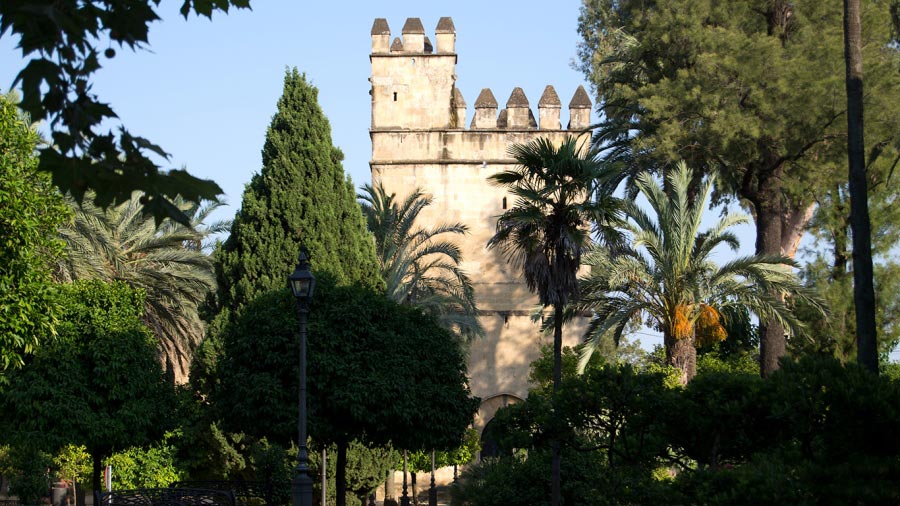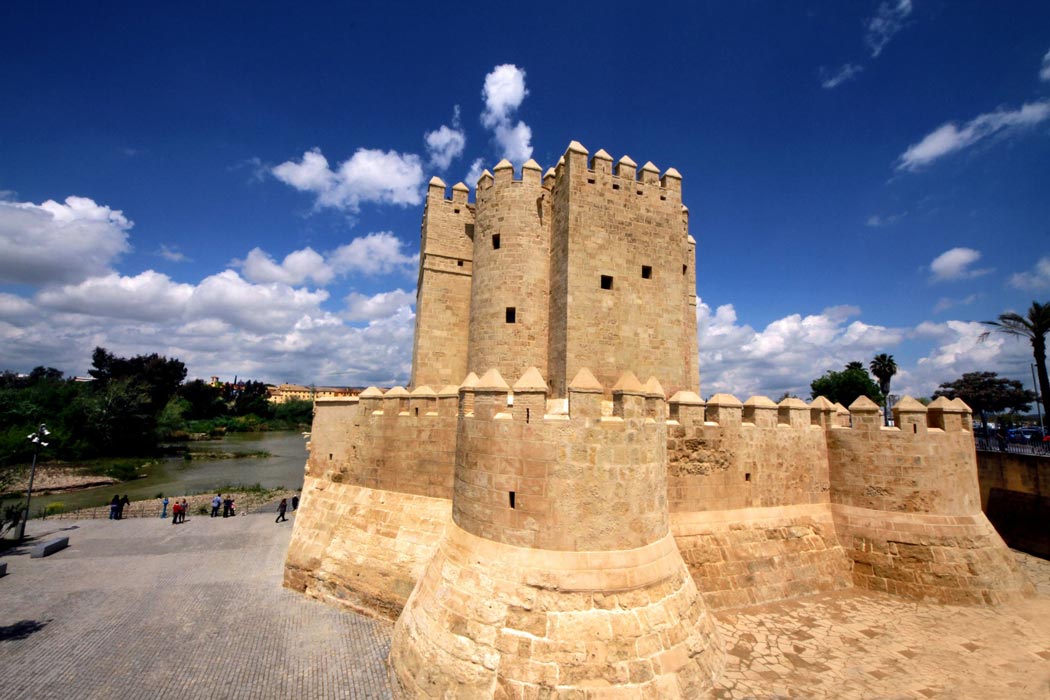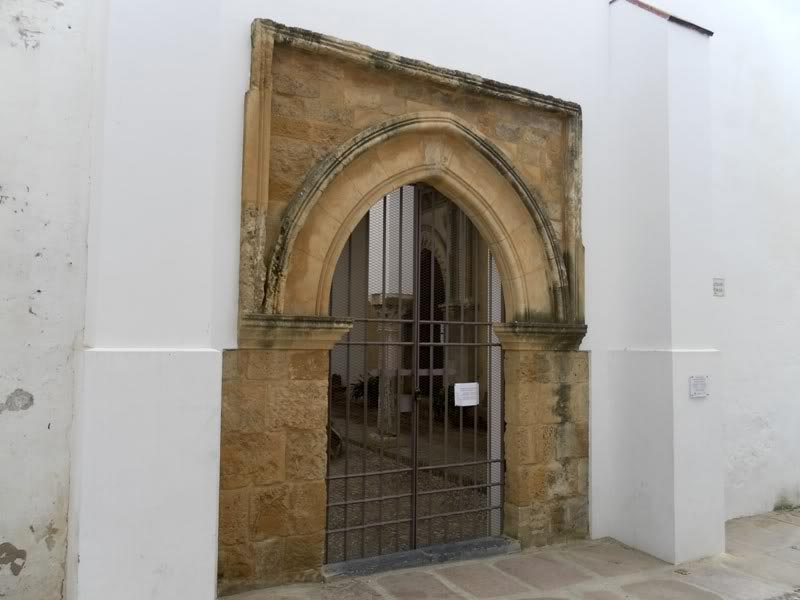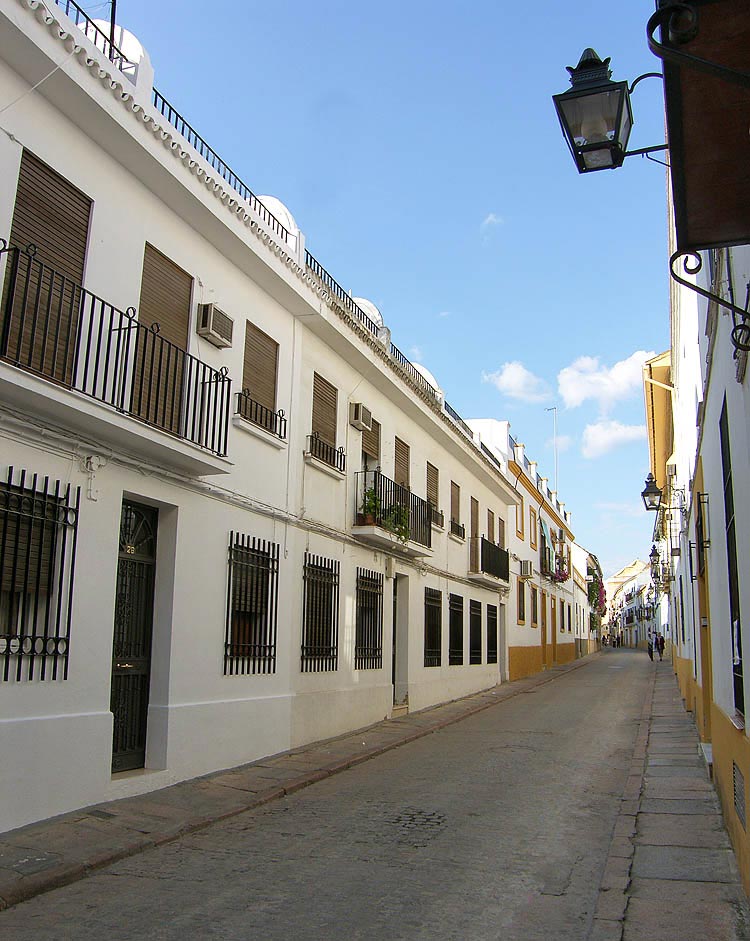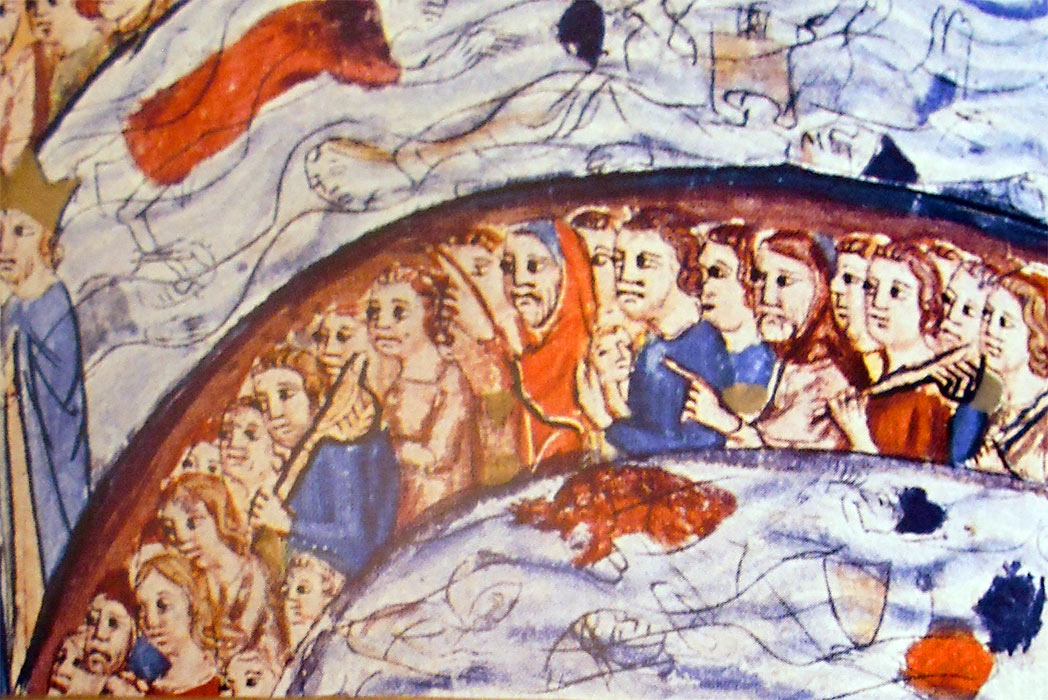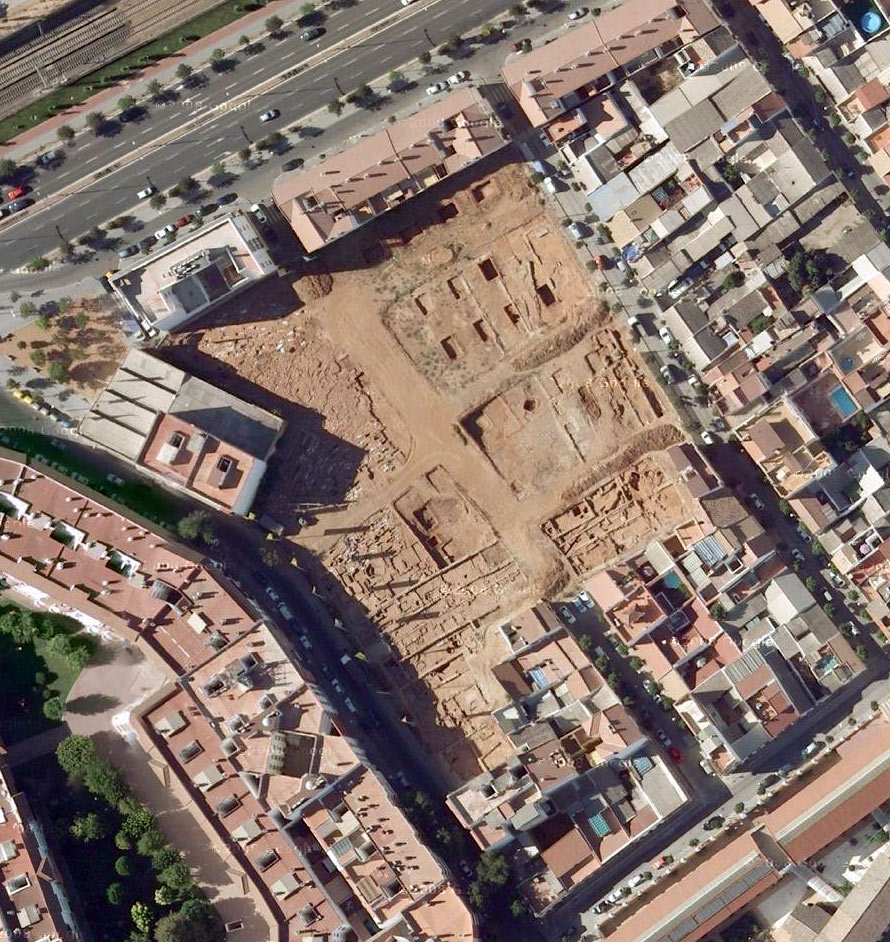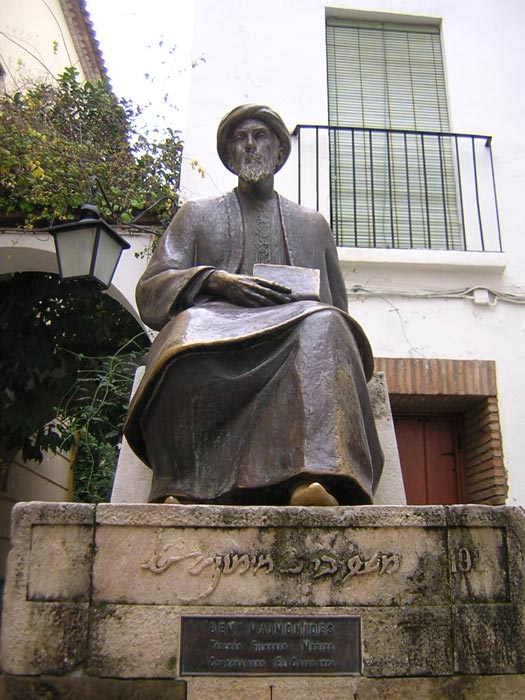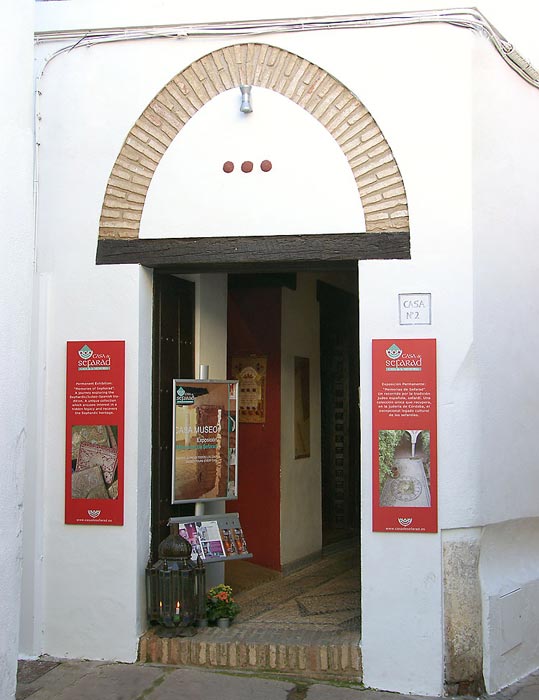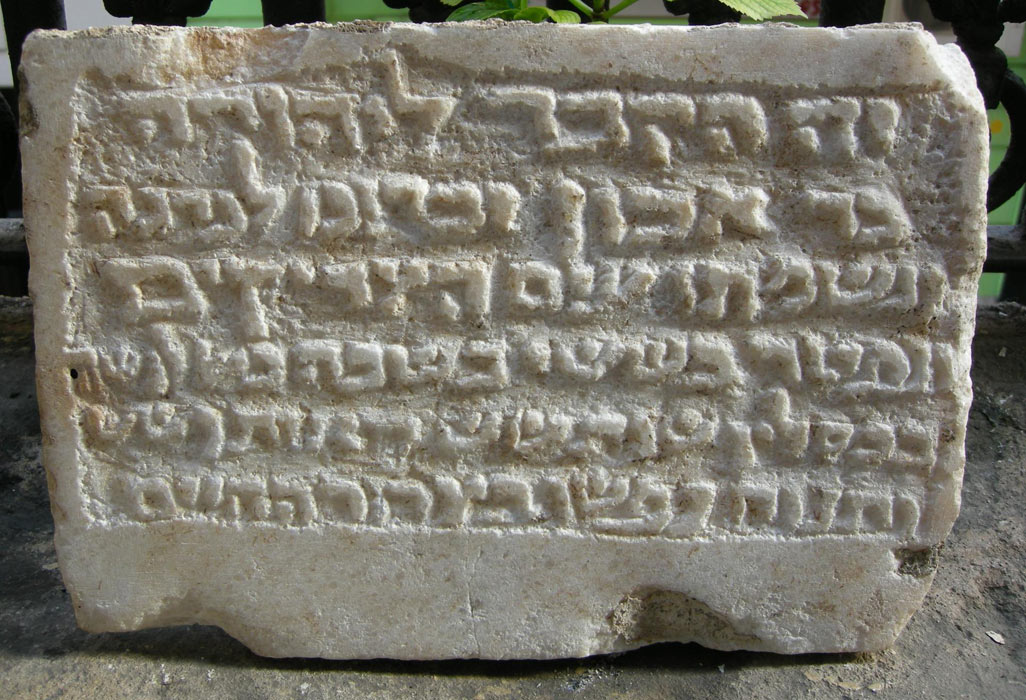
The Archaeological Museum conserves the only Jewish funeral headstone found until now in the city of Córdoba relating to the Jew Yehudah bar Akon, undoubtedly an important figure who died in Córdoba in the mid-11th century.
Having appeared in the Zumbacón district during the course of an emergency excavation and closed in 845, this piece is extremely important as it is the only material remains known until now which documents the Cordoban Jewish aljama during the governance of the Omeya emirs. It is also the oldest Jewish headstone found in Spain along with the trilingual headstone of Tortosa. The piece is complete and its text, written in Hebrew, bears the name of the deceased, the year of death and a prayer on a white-yellowish marble base which is 21 cm high, 32 cm wide and 2.5 cm thick.
The headstone is carried out on a reused piece. It was originally a Parietal RomanArchitrave as it conserves the remains of frames on the back. The text, written in Hebrew, is produced in relief, using the same technique as was used for Arab kufic inscriptions. Thanks to José Ramón Ayaso Martínez we have access to its translation:
son of Rabí Akon, of blessed memory,
His spirit is with the righteous.
He died on Friday three
of Kislev of the year [4]606 (November 6th, 845 AD).
Rest his soul in the beam of the ever-living ones
After discovering this important piece, Isabel Larrea and Enrique Hiedra undertook an investigation published in the Anejos de Anales de Arqueología Cordobesa (Annexes of the Annals of Cordoban Archaeology) (2010) in which they relate the Zumbacón headstone with the Jewish necropolis found in the immediate vicinity of Santos Pintados (the current Glorieta de Los Almogávares).

